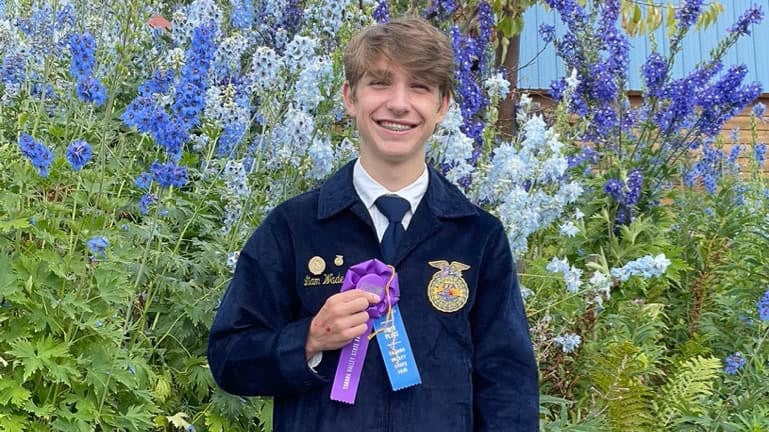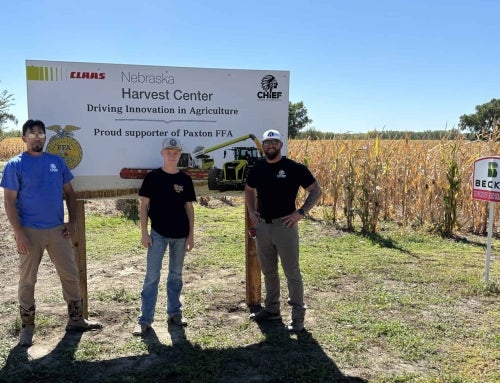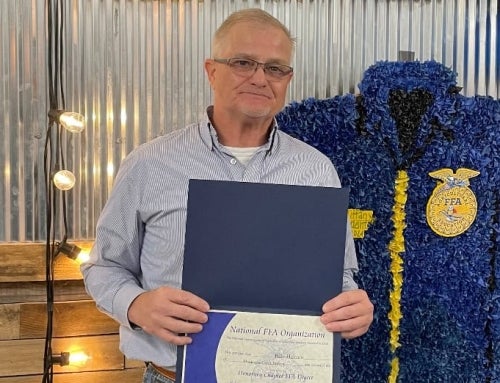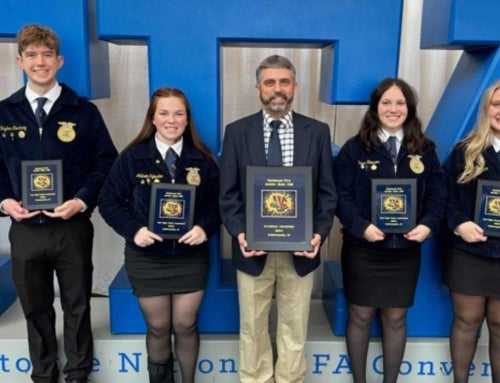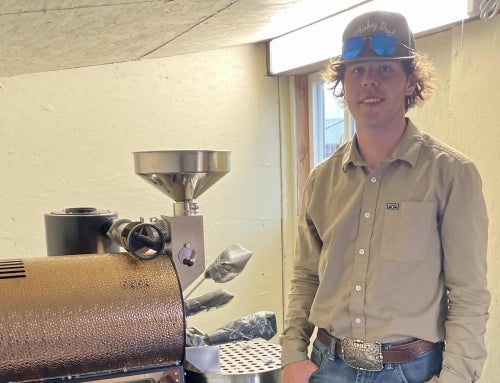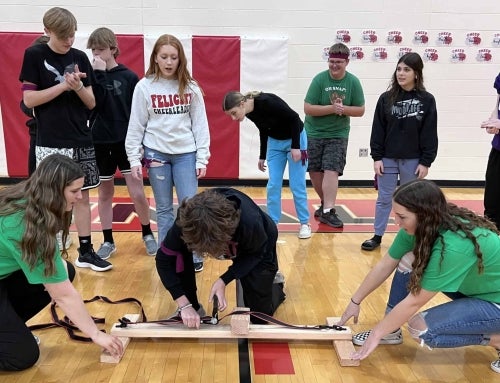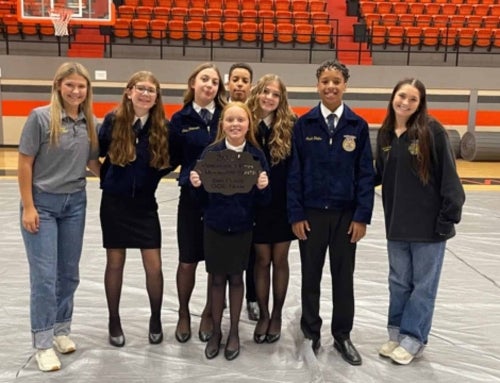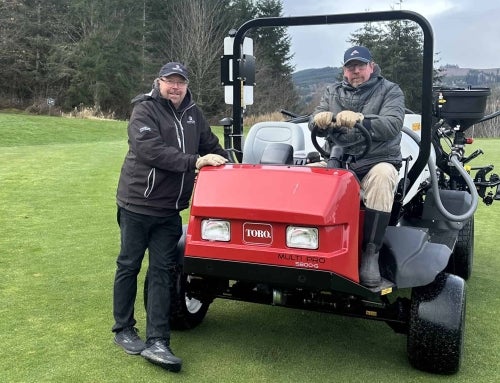Liam Wade remembers empty shelves at the grocery store during the COVID-19 pandemic.
Nothing but a few cleaning supplies graced aisles for two or three weeks in his urban Alaskan community of North Pole, a small city located near Fairbanks. The situation was worse in rural areas, where limited road access creates food shipment challenges on ordinary days.
“It was a little scary because you start to see where the fragilities are in your system,” says Wade, who was 12 at the time.
Today, the North Pole FFA member is passionate about promoting Alaskan agriculture as a solution.
Food and Agriculture in Alaska
Based on numbers from the Food Bank of Alaska and the latest Census, an estimated 100,000 people in Alaska, more than 13% of its population, face food insecurity.
Food is expensive in the Last Frontier — about 36.06% more so than in the continental U.S., according to USDA’s Thrifty Food Plan Market Basket report from July 2023. About 95% of food purchased in the state is imported, mostly through the Port of Seattle, thanks to the Jones Act legislation, from 1920.
“Alaska is built on a system of reliance,” Wade says. But it doesn’t have to be, he asserts, if Alaskan agriculture is strengthened.
“Although we have the same growing zones as parts of northern states like Montana or North Dakota, Alaskan agriculture is often viewed as nonviable” Wade says. “We might not ever be able to grow mangoes or papayas, but we definitely should be able to grow our own potatoes and lettuce.”
Hydroponic Possibilities
When Wade joined FFA two years ago, he learned about hydroponics, a growing technique that has potential to grow food in Alaska year-round. He’s been working with Scott Faulkner from Alaska’s Department of Natural Resources on a hydroponic system at his school that’s funded by a $20,000 state grant.
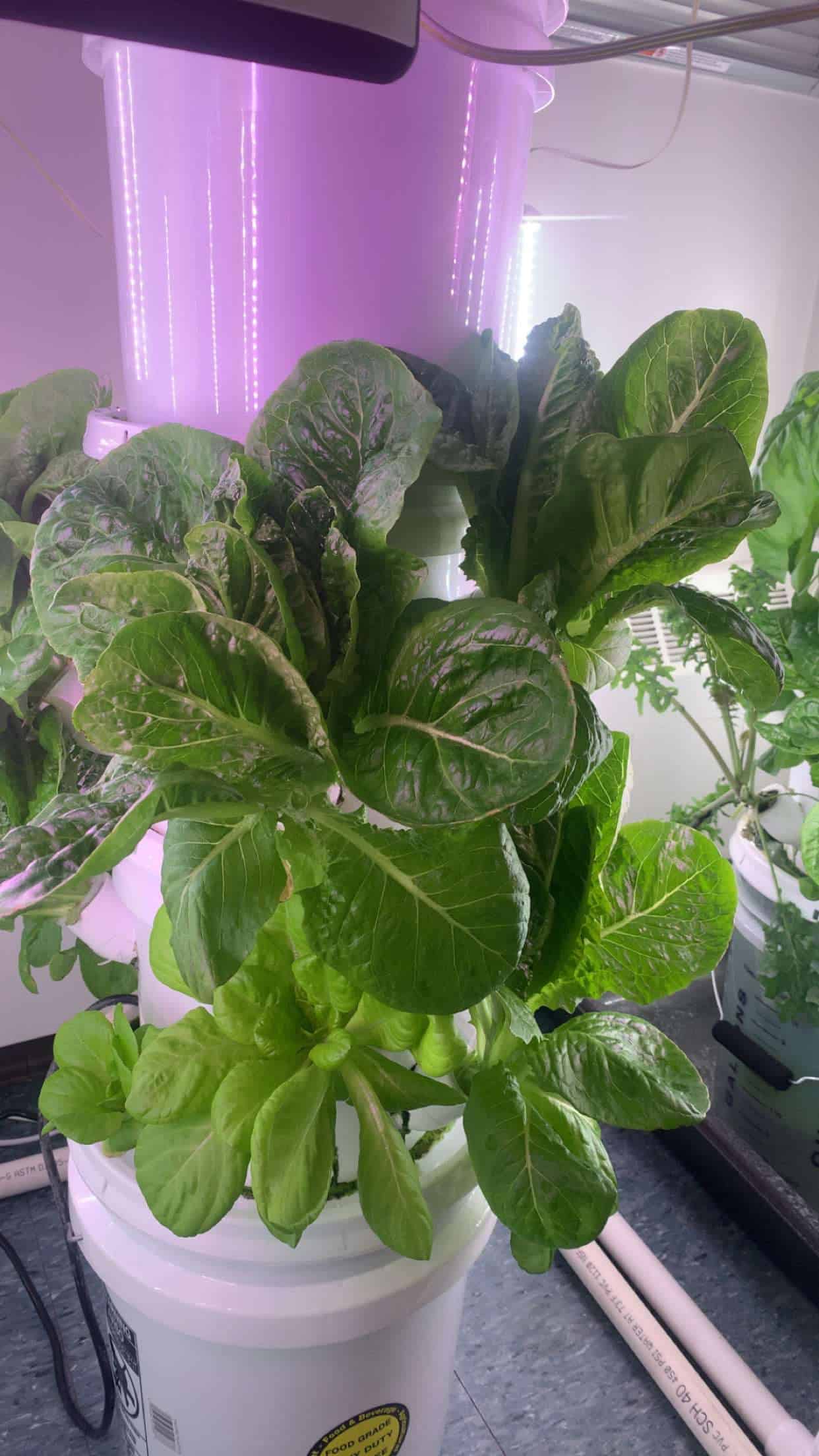
Liam Wade’s hydroponics project aims to help his fellow Alaskans grow their own food.
The innovative hydroponic system at North Pole High School grows plants in water fed by a “tea” made from microbes extracted from Alaska’s native boreal forest soils as well as traditional nitrogen, potassium and phosphorus (NPK) fertilizers.
This fall, Wade plans to grow 200 heads of lettuce and 200 herbs, including oregano and basil, to supply about 25% of the produce used by his school. It’s only a starting place, he says. They’re looking into a second system for growing strawberries, tomatoes, cucumbers and possibly even watermelon. They eventually want to grow native Alaskan herbs, including an Alaskan basil that’s extremely sweet compared to Genovese basil.
“We’re hoping for a lot,” Wade says, who adds that his role is to help set up and get the system started. As a junior, Wade will be graduating in a couple of years and others will need to take the helm of the North Pole hydroponics project.
As for his future, Wade plans to continue exploring hydroponics and biologicals through a research career. He wants to eventually take hydroponic systems into communities across Alaska.
“We’re hoping to research this and turn it into a more economically viable thing for people to do,” Wade says. “I hope we can become more resilient.”
Learn More
Explore additional information about food security issues in Alaska by following Liam Wade’s Instagram account, @AK4FS (Alaskans for Food Security), and reading the Alaska Food Security and Independence Task Force 2023 Report.

